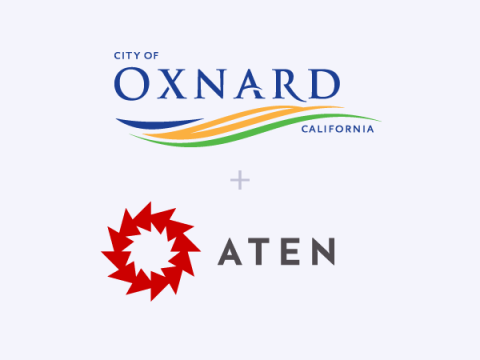Arizona State University
Image

How do universities manage hundreds of websites in the most cost-effective way? In the past, Arizona State University (ASU) spent the equivalent of two to three employees on self-hosting and support for thousands of websites on multiple CMSs. The team decided to move away from self-hosting bespoke software by standardizing on Drupal and moving to the cloud. Pantheon and ASU worked with higher-education Drupal expert (and Pantheon's Strategic Partner) Kalamuna to develop a Drupal distribution. Called WebSpark, it was released as a Pantheon Upstream that today powers 2,000+ websites fully serviced on the platform.
Our Pantheon Upstream is instantly scalable and frees up the equivalent of 2-3 full-time employees who used to manage web hosting. Management is pretty excited to outsource a service that was never core."
—Daniel Garcia-Mont, Director of Information Technology Services
The Risks of Running 2,000+ Sites on Dozens of Virtual Machines
ASU's central IT web development team was ready to get out of the hosting business for their 2,000+ sites. With dozens of virtual machines, each hosting 80 to 100 sites, the system was never meant to handle high-traffic situations. The small team was maxed out with custom development, infrastructure configurations, and general user support. Challenges included:
Security risks from multiple platforms. Newbies found Drupal too complex to develop, launch and run. About half of ASU’s 2,000+ websites ran on WordPress and other platforms instead. Sites were constantly getting hacked. “Drupal was too complex for a non-developer to maintain,” said Daniel Garcia-Mont, Director of Information Technology Services at ASU. “People would switch over to another CMS and their sites would get hacked.”
Website crashes. Self-hosting was costly and didn’t scale. Domino-effect crashes happened whenever one site had a traffic spike.
Support requests. Departments often requested support for their non-Drupal sites. The team was spending too much time on non-core activities. “It was in our best interests to get out of the hosting business,” Garcia-Mont said. “Each department is responsible for maintaining their own sites. But in real life, people call central IT when they need help. We help when we can, but we are not staffed to give people the kind of service they ask for.”
Why Pantheon? One Platform Streamlines All Users and Sites
ASU decided to transition to a custom Drupal distribution on Pantheon. Called Open ASU, this solution provides a customized start state, which makes it easy for non-developers to build Drupal sites. It proved essential for all the non-technical customers who had never used Drupal. Pantheon was also the only solution that could provide basic-level sites with integrated SSL and SSO out of the box, without relying on third-party modules. Finally, Pantheon allowed the team to slowly transition all 1,100 sites away from self-hosting, without requiring them to pay large amounts upfront.
Now Available: ASU-Branded Sites Out of the Box
Open ASU gives users a responsive, ASU-branded site out of the box. Pantheon allows an entry-level person to spin up a turnkey website, without needing extra funds or technical knowledge. Keeping sites up to date is easy, too. “Before we had Upstreams, you’d need to be a Drupal developer to spin up new sites,” Garcia-Mont said. “Now, we maintain the distribution. You just make one click through the Pantheon dashboard and you’re up to date.”
Pantheon Frees Up Few Full-Time Employees
The team has freed up the equivalent of 2-3 full-time employees. The team reports that ASU’s developers are universally excited. “People have actually come up and told us what a great decision we’d made,” Garcia-Mont said. “No one ever says that!”
The more sites we can get on Pantheon, the less work we have to do on our current hosting service. Rather than helping people keep their sites running, we’ll be able to concentrate on helping them make effective websites.”
—Daniel Garcia-Mont, Director of Information Technology Services
More Case Studies
Helpful resources to help your team succeed


